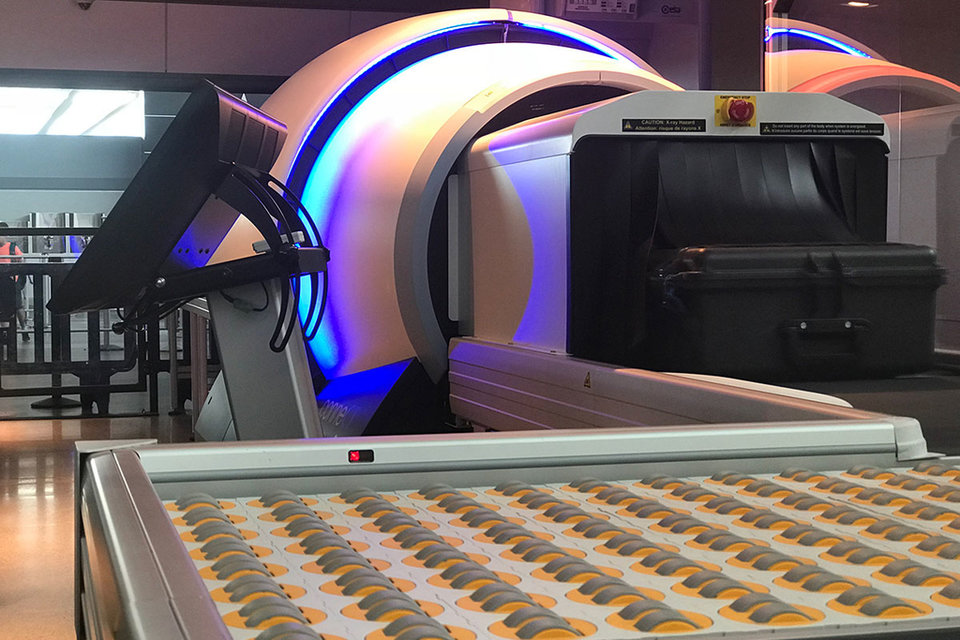
CT scanners have been used at airports to screen checked baggage for years, but new improvements are seeing these advanced systems introduced to airport security checkpoints. GlobalData looks at how the sector’s investment in CT technology is progressing, and what benefits it is bringing to security lines.
It’s been 13 years since UK police uncovered a terrorist plot to attack transatlantic flights using peroxide-based liquid explosives. The foiled plan, which led to 24 arrests and nine convictions in the UK on conspiracy charges, created further restrictions for passengers moving through airport security.
In the immediate aftermath these restrictions were particularly severe, especially in the UK, where all non-essential cabin luggage was prohibited and even approved items could only be taken through security in clear plastic bags.
In 2019, security restrictions for carry-on luggage have eased significantly, but one major legacy has endured at most international airports around the world – the requirement that liquids be kept in 100ml bottles and transferred from baggage into clear plastic bags before being scanned through security. In most cases, electronic kit such as laptops must also be removed from bags and scanned separately.
However, this might not be necessary for much longer. Computed tomography (CT) scans use computer processing to combine hundreds of individual X-ray measurements from different angles to create a 3D image, so that the object being scanned can be rotated and examined internally.
Medical imaging is the predominant application of CT technology, but it’s not new to airports – CT scans are commonly used to inspect checked luggage bound for plane holds. However, the size and expense of CT systems has previously prevented the technology from crossing over to space-constrained passenger security checkpoints.
But now, manufacturers such as Analogic Corporation and Smiths Detection have started to miniaturise CT scanners to checkpoint-friendly sizes, and major trials and deployments are now ongoing around the world to introduce the new technology to security lines.
GlobalData deputy managing editor Chris Lo says: “The prospect of once more being able to move through security without the faff of separating liquids and electronics from their bags is an exciting one for passengers, and there are important operational benefits for airports as well. More precise baggage screening provides a clear security benefit, but could also increase throughput by requiring fewer additional manual bag checks.”